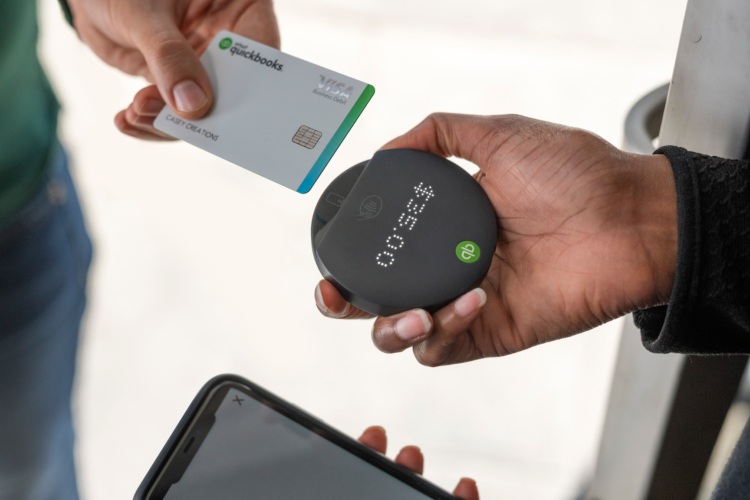Member Exclusive
‘It’s a great example of the power of the ecosystem’: Intuit’s new QuickBooks card reader is about more than taking payments
- Intuit recently launched a creatively-designed card reader for SMBs.
- It's all part of ecosystem building aimed at helping small businesses with all their financial needs.








